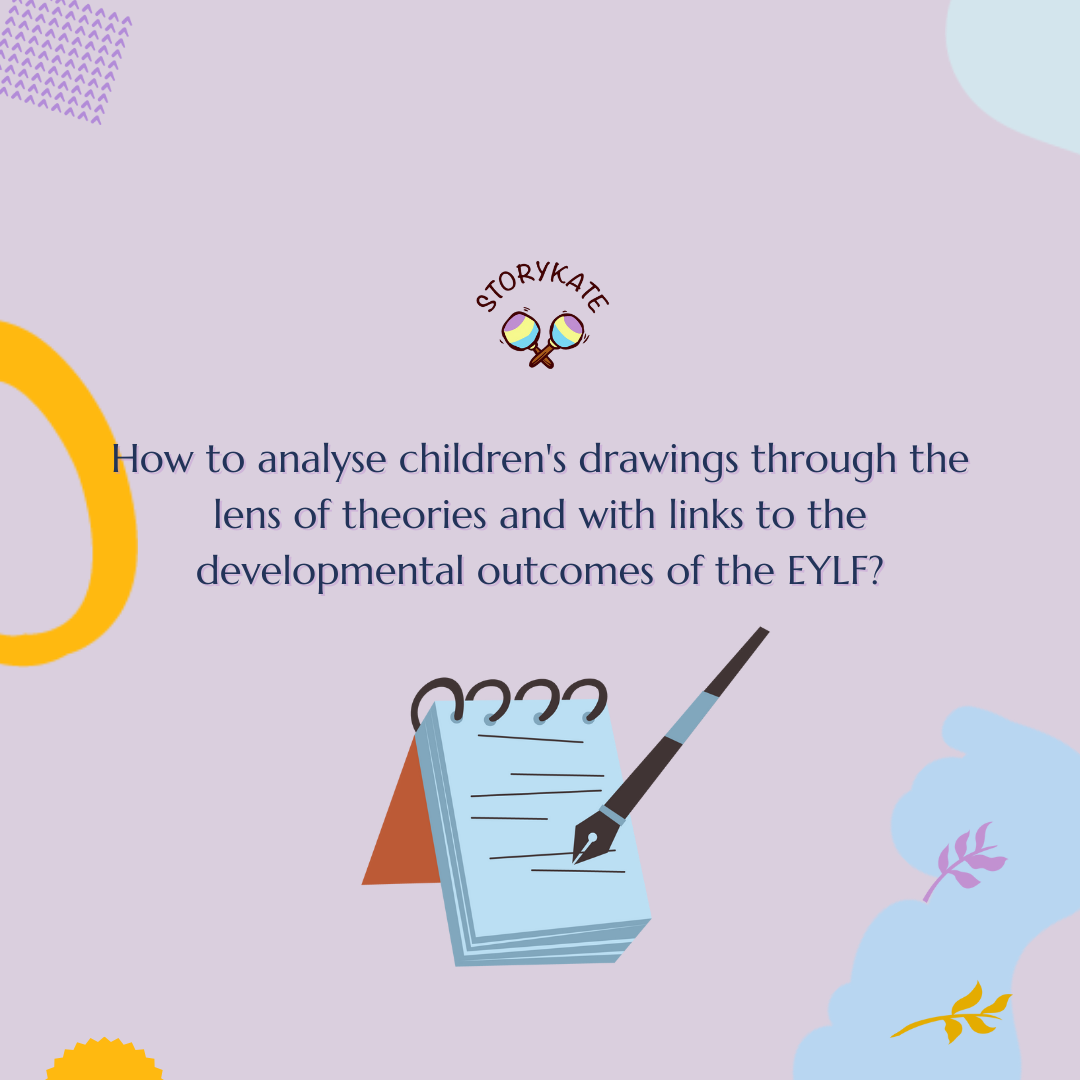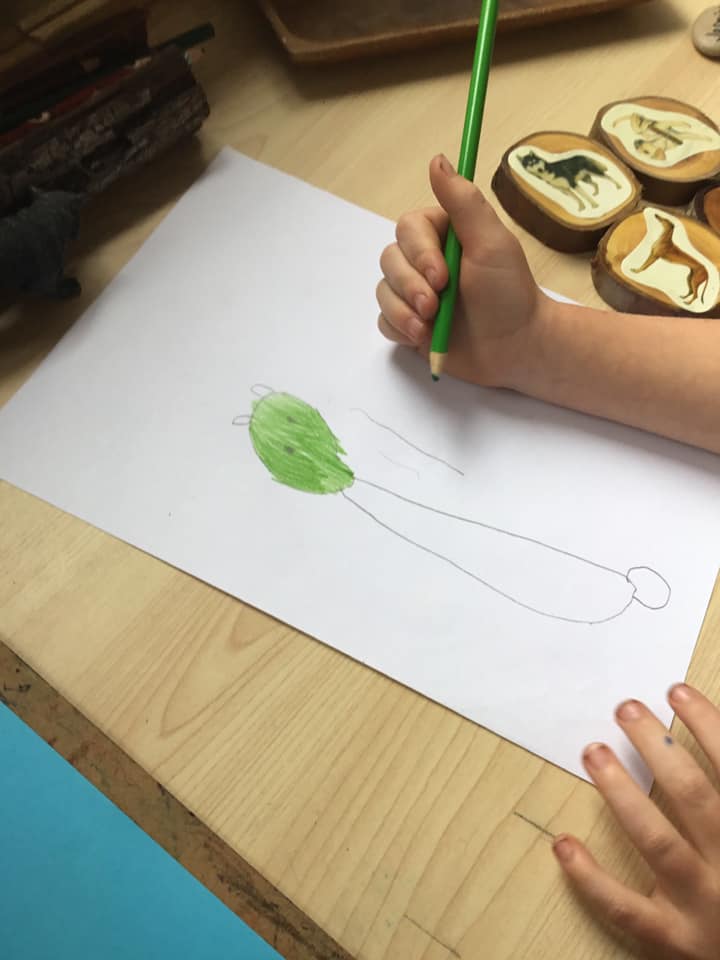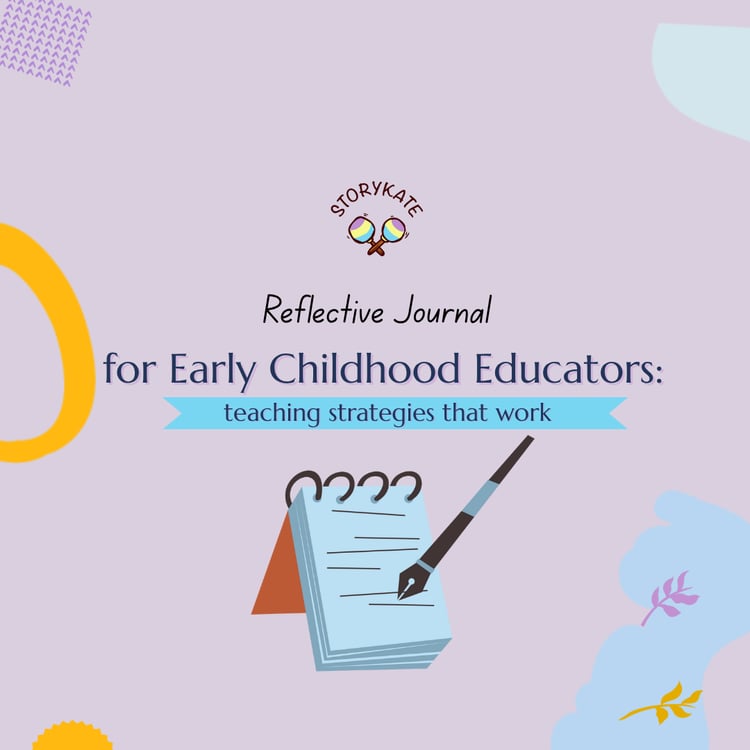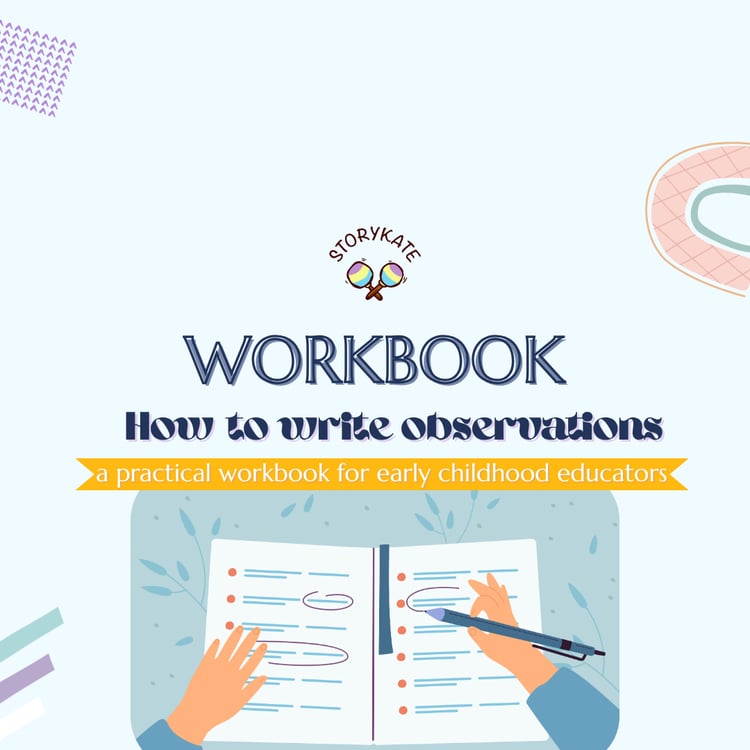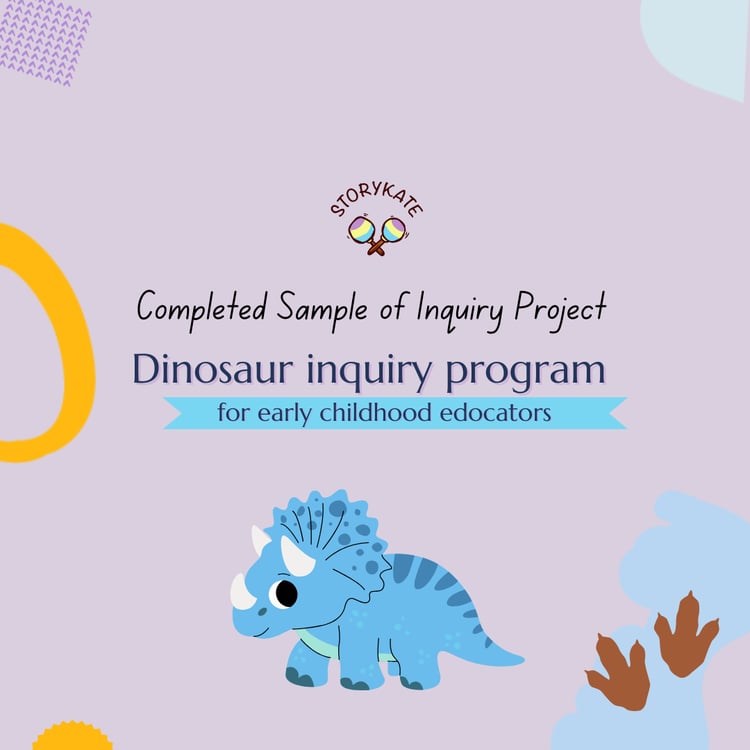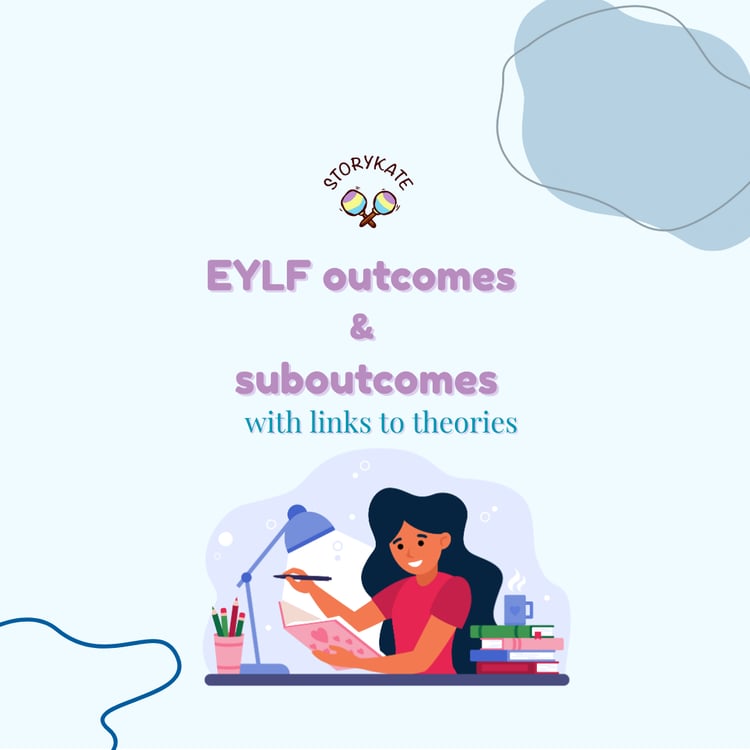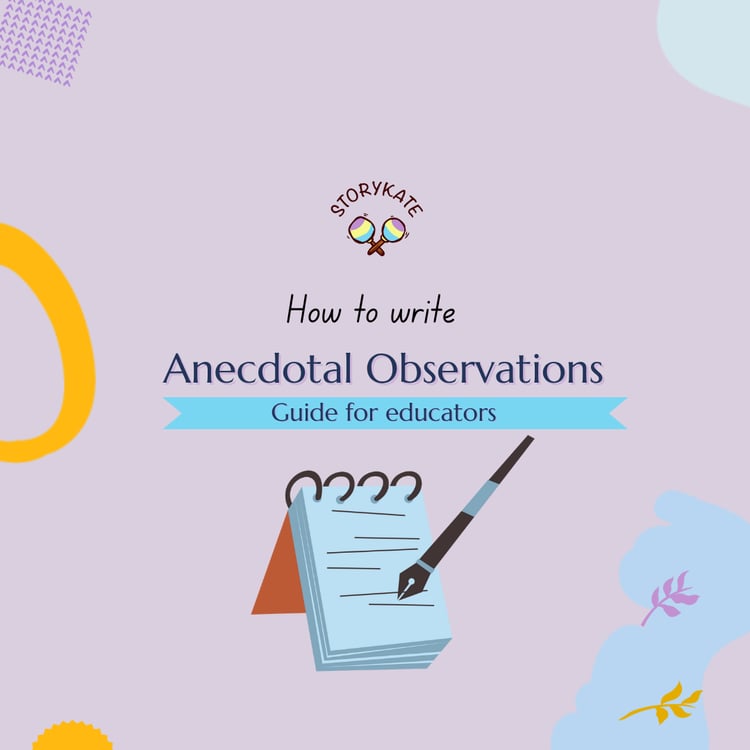How to analyse children's drawing through the lens of theories and wilth links to the developmental outcomes of the EYLF
Hey educators!
Do you sometimes feel stuck looking at children's scribbles or tadpole figure drawings and don't know where to start with the analysis?
To help you analyse children's drawings, I created this practical Guide for Early Childhood Educators.
This resource provides early childhood educators with a clear and concise framework for analysing children's drawings. It offers insights into the developmental stages of drawing, highlighting the importance of the pincer grip, fine motor skill milestones, imagination, creativity, and the stages of representational drawing.
Key features include:
- A detailed examination of a child's drawing titled "This is my doggy", analysed through the lens of the Early Years Learning Framework (EYLF 2.0)
- Guidance on identifying developmental stages in drawing, from scribbles to detailed representations.
- Insights into how drawings reflect fine motor skills, creativity, and imagination development.
- An exploration of how the theories of Piaget, Bruner, and Vygotsky apply to children's artistic development.
- Connections to the five outcomes of the EYLF, supporting educators in curriculum planning and assessment.
Designed for educators seeking a straightforward approach to understanding children's mark-making and drawings, this guide demystifies the analysis process, linking theory to practice.
It is an essential tool for enhancing teaching strategies and supporting children's developmental journey through art.
I hope you will find it helpful and please let me know if there are any other resources you are looking for.
📩Subscribe to my monthly newsletter to get practical tips to support your curriculum planning https://storykate.kit.com/3e9bad3557
Cheers,
Storykate🪇


